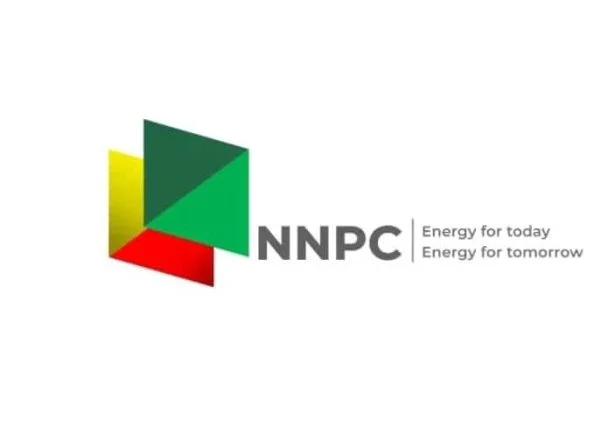World Bank projects Brent crude to average $60

Brent crude oil prices are expected to fall to an average of $60 per barrel in 2026, the World Bank has forecast, as global supply continues to outstrip demand. The decline marks a continuation of a multi-year moderation in energy prices.
In its latest report, The Commodity Markets Outlook in Eight Charts, the lender predicted that global commodity prices would fall by roughly seven per cent next year, the fourth consecutive annual decline. Energy prices are set to lead the downward trend, with a projected 10 per cent drop in 2026, following a 12 per cent fall in 2025.
The downward pressure on oil prices reflects subdued global economic activity, persistent trade tensions, and policy uncertainty and is compounded by ample oil supplies. Brent crude has already dropped 14 per cent in the first nine months of 2025 amid oversupply and weak demand, particularly from China. However, occasional price spikes were recorded due to geopolitical events and US sanctions on Russian oil.
“OPEC+ has gradually increased production targets throughout 2025, contributing to an approximate three million barrels per day year-on-year rise in global supply,” the World Bank noted
“With demand expanding by less than one million barrels per day, the oil market is likely to face a sizable surplus in the coming year.”
The report also highlighted that natural gas prices have experienced significant regional variation. US benchmark prices rose 44 per cent year-on-year in the third quarter of 2025 due to strong liquefied natural gas demand, while European prices remained largely unchanged.
Looking ahead, natural gas is expected to stabilise in the United States in 2027 after a moderate 11 per cent increase in 2026, whereas European prices are projected to decline by 11 per cent next year.
The World Bank’s analysis points to broader risks influencing commodity markets, including geopolitical tensions, extreme weather events, and shifts in global trade policy. Despite these uncertainties, energy markets are expected to remain oversupplied, keeping Brent crude prices on a downward trajectory.
“The expected moderation in oil prices is consistent with subdued economic growth and the continued expansion of oil production,” the report stated. “While temporary spikes may occur due to geopolitical events, the overall trend points to a further decline in 2026.”
Furthermore, the World Bank stated that metals and minerals prices are expected to remain broadly stable, while precious metals are projected to gain five per cent, following a record investment-driven surge of more than 40 per cent in 2025. Agricultural prices are anticipated to edge lower amid favourable supply conditions, with food prices stabilising and beverage prices declining by seven per cent next year due to expanding output.
The World Bank also warned that fertiliser prices, which have surged 28 per cent over the past year due to strong demand, trade restrictions, and production shortfalls, are expected to ease gradually in 2026, though remaining elevated compared with the 2015–2019 average.
“Commodity markets continue to face a complex mix of factors,” the report said. “Sluggish global growth, policy uncertainties, and oversupply in key sectors are weighing on prices, while extreme weather events, easing trade tensions, or changes in input costs could shift market dynamics.”







